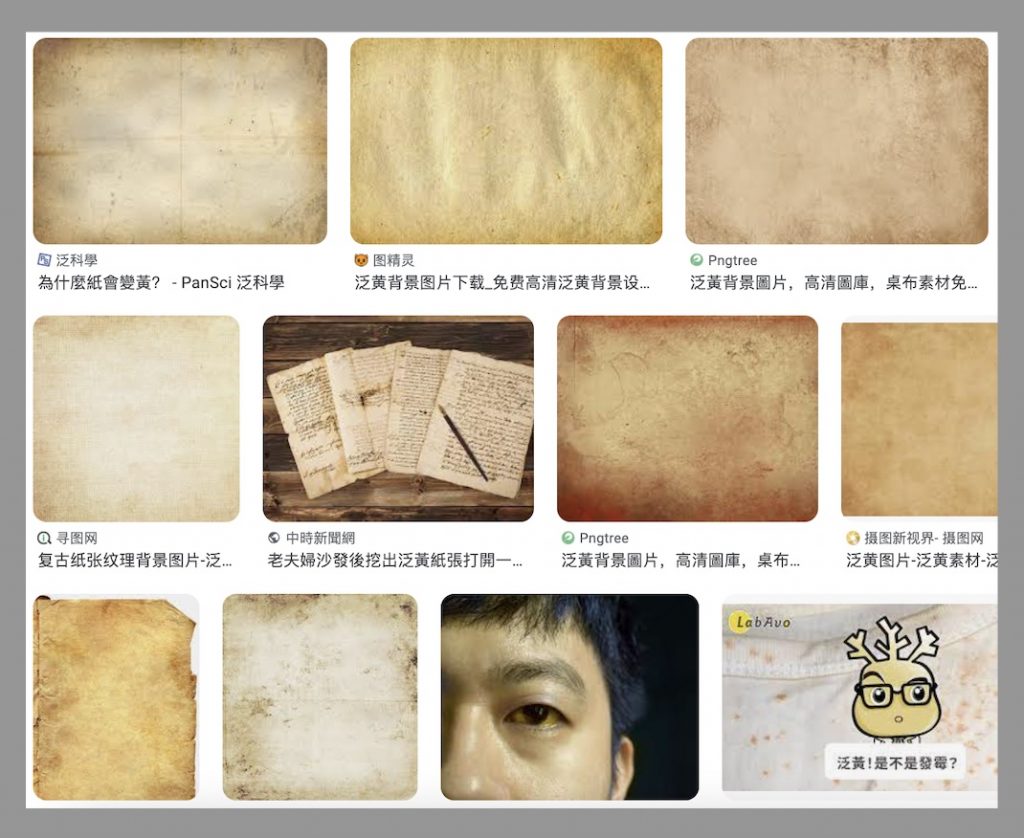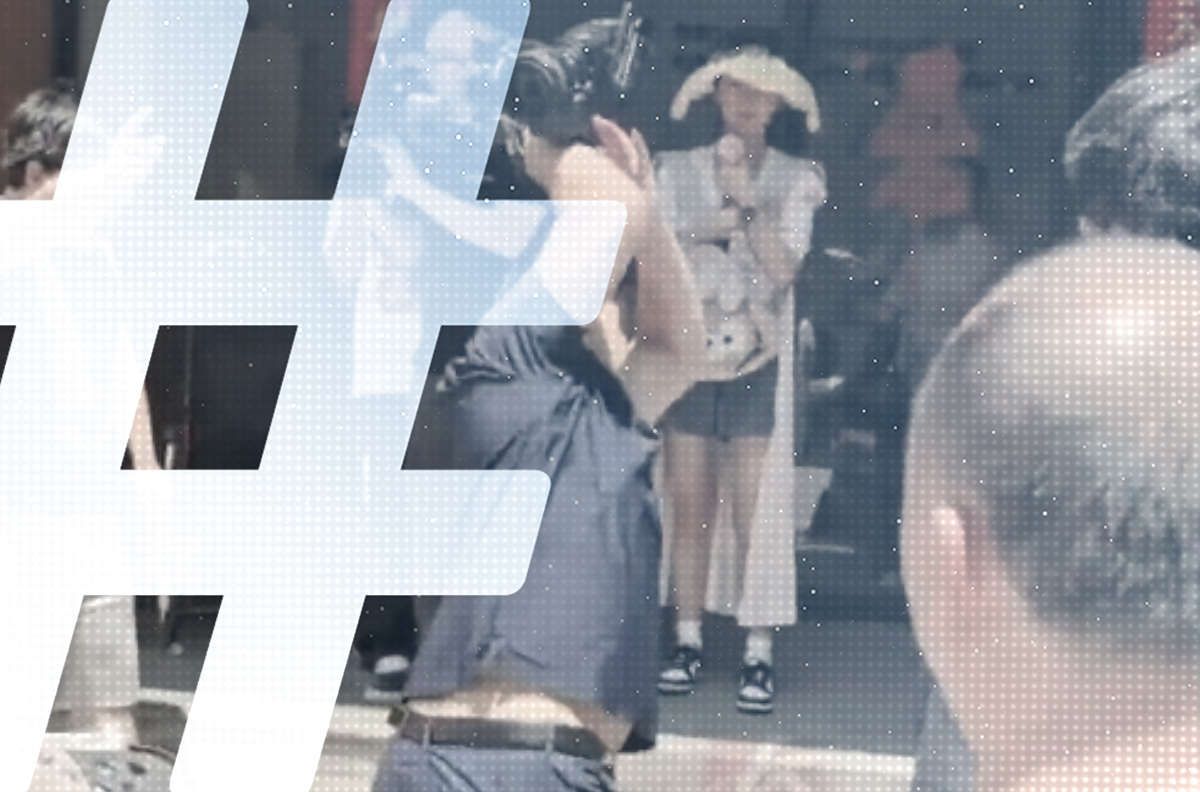The Cyberspace Administration of China (CAC) has struck again. In the latest move in a “clear and bright” (清朗) campaign that has unfolded relentlessly this year, the country’s top internet control body said Tuesday that it would target a range of undesirable attitudes and values in short videos.
The release from the CAC outlines three broad types of content, including “fake information” (虚假信息), “misconduct” (不当行为), and “incorrect concepts” (错误观念). And while some of the language points vaguely to instances of misbehavior that could have real implications for the public, much of it looks like regulatory compulsion from a system that simply cannot stop clarifying itself — to the point that nothing is clear.
The section on fake information begins with what might seem legitimate prohibitions, such as against using AI technology to make fake short videos that impersonate others. Immediately, however, political demands crash onto the scene. The third caution, dealing with “reckless falsification and fabrication,” says short videos must not “alter or take out of context authoritative information issued by government offices.”
“Quoting out of context” is a hatchet applied to speech that is generally unfavorable to the Party.
This raises, just to illustrate the point, the unanswerable question of what you can and cannot do to an official Xinhua News Agency press release. Where does simple sharing stop and ironic commentary begin?
The Chinese phrase “quoting out of context” (断章取义), used here, has a special place in official CCP discourse as a hatchet applied to speech that is generally unfavorable to the Party. It could mean anything, but generally foreign media commit these contextual crimes, as Foreign Affairs did last year. Punitive uses of the phrase are commonplace. Several years ago the Party’s flagship newspaper applied it more generally to the new world of social media, where “everyone has a microphone.” “With rampant taking things out of context,” it said, “people hurt themselves, and there are no winners.”
Everyone understands the subtext, that the Party alone decides the proper context. To say so in a short video, however, would risk committing what the CAC here calls “reckless falsification and fabrication.”
Could You Be Vaguely Specific?
In the section on “incorrect concepts,” the CAC descends further into non-specificity as it seeks to uphold a general climate of positivity. On top of a precaution against “gender antagonism” — which we covered last month with yet another CAC action — the section speaks against content that is “negative and pessimistic” (消极厌世). This phrase, like much else in this prescriptive document, seems impossible to pin down. The word yàn shì (厌世) essentially points to a negative pessimism, and can sometimes refer also to suicidal feelings.
Prohibitions like these are grasping at air. What do they mean in the topsy-turvy world of short video and streaming content, where millions of people are making spur-of-the-moment decisions and clicking “share”? Is it not OK not to feel exuberant?

Another prohibition is against “intentionally infringing on national customs and traditions”? Even if the infringement can be determined — something subjective and doubtful, given the wonderful way traditions have of slipping — how will intention be identified?
The “misconduct” section of the CAC notice specifies the problem of pornographic content. Easy, right? We all know pornography when we see it. But this notice is trying to force order on the guileful and messy world of cyberspace. So it emphasizes the need to combat “soft pornography” (软色情), and beyond that the problem of “touching the line” (擦边) — which is basically about users teasing the edges of violations that have no clear boundaries.
My personal favorite in the CAC notice, though, might be the caution against fàn huáng (泛黄), content that is vaguely, non-specifically, or pallidly “yellow” — a color synonymous in China with indecency. How are video hosts, consumers, or anyone supposed to make out the hazy yellow lines of censorship in cyberspace?
If nothing else, this latest CAC notice has made real innovations when it comes to the vocabulary of vagueness.
The Impossible Art of Censorship
If your head is spinning with uncertainty, try to imagine now that you are one of the many tens of thousands of content moderators working at a major video platform in China. Acceptable videos to the left, unacceptable to the right. Go!
The obvious problem with such a lack of specificity is that it leads to confusion and overreach. And as it happens, the CAC notice offers a glimpse of the agency’s headaches in this respect.
After the CAC has laid out its three broad landscapes of violation, there is a section on “strengthening the management of video platforms.” In a bolded subsection called “strengthening platform grasp of the review process” (强化平台审核把关), the agency says: “Efforts must be made to resolve the problem of irregular review systems and insufficient comprehensiveness of review at platforms.” So video platforms should go hard on censorship, right? Not exactly.
The same subsection follows with, well, a clarification: “Over-simplification, cutting all at one stroke, going through the motions during manual review, and other such practices must be avoided.”
Go hard. But not too hard. Cut this, but not that. Back off, but wait — not so much. Squeeze tighter, but do not strangle.
Are we clear?






















